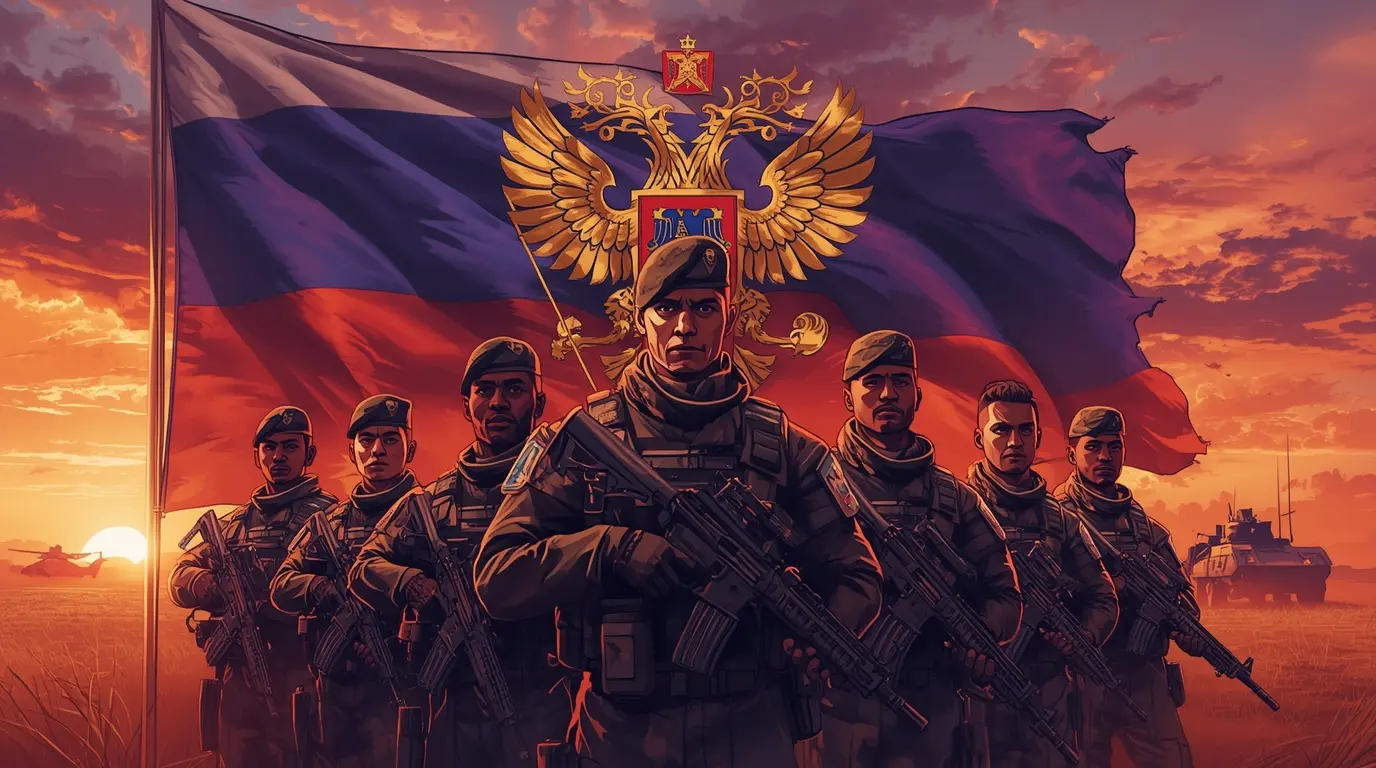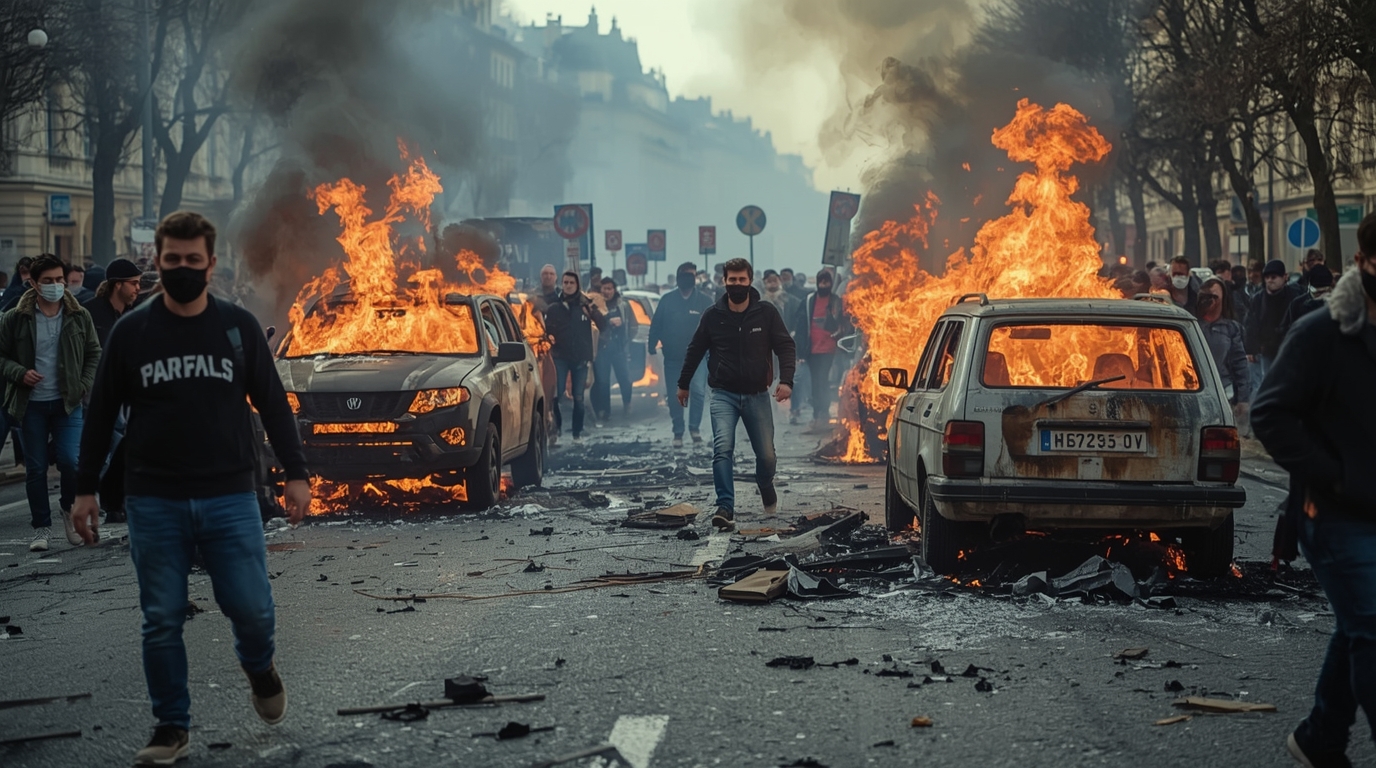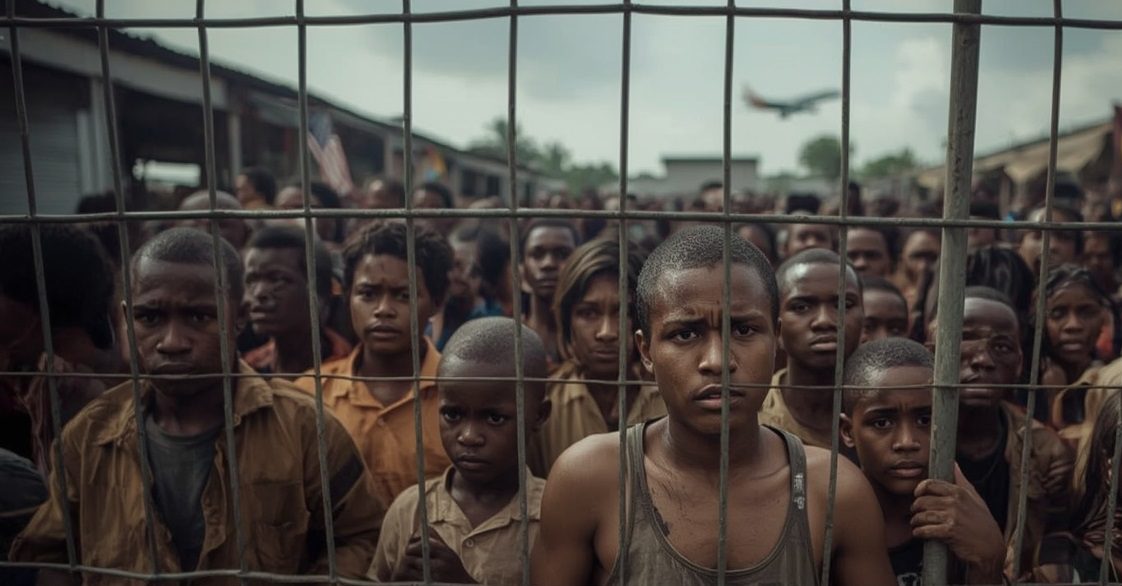The Emergence of the Russia-Africa Corps
The legacy of the Wagner Group, still the continent’s most notorious paramilitary brand, now shares the stage with a newcomer: the Russia-Africa Corps. The Kremlin is sketching a new chapter in its playbook, shifting a mercenary-style front into a formal arm of statecraft. The decision goes beyond lettering—it rewrites practical definitions of sovereignty and re-calibrates regional security while posing an unsettling challenge to Western influence. When Prigozhin died in the middle of 2023, his sprawling mercenary machine seemed set for a chaotic breakup. Moscow faced a choice: salvage Wagner’s proven service of plausible deniability, revenue extraction, and military bargaining—minus the risky insubordination of a maverick figure.
State-Sponsored Paramilitary Force
The answer, according to current intelligence experts and defense insiders, has been the launch of the Russia-Africa Corps. This newly-formed unit is not a standard army but an officially regulated state-backed paramilitary force. It combines seasoned Wagner veterans with fresh recruits, all now under the strict oversight of Russia’s Ministry of Defense. With this shift, the days of ostensibly private mercenaries have come to an end, paving the way for a formally sanctioned overseas paramilitary outreach.
Mission Overview: Cooperative Aid or Long-Term Control?
At first glance, the Russia-Africa Corps markets itself as a reliable ally to African governments confronting terrorism and disorder. Nations such as Mali, Burkina Faso, and the Central African Republic, which have soured on previous ties with France and other Western states, have welcomed the offer. The fundamental deal remains unchanged from earlier Wagner models: military assistance is exchanged for control over profitable mineral rights and a promise of political loyalty. Learn more on this development Yet the move to enroll the paramilitary force explicitly into the Russian Ministry of Defense indicates more than short-lived opportunism. This apparatus is set to become a fixture of Russian security policy. It operates under a long-term Kremlin design to wiretap Moscow’s influence into the very circuitry of foreign armed forces. Over time the aim is to mold nations so tightly to the Russian security umbilical that their sovereignty is enclaced, secretly granting the Kremlin an informal veto authority over their diplomatic course.
The Paramilitary Playbook: Tactics and Expansion
Moscow’s playbook reveals that the new force is a faintly ketchup-colored successor to the Wagner script. The updated chapters recycle old tactics and include:
- Military and economic fusion: The force links armed service to resource looting. Its fighters crush insurrection and protect a regime, enabling Kremlin-linked mining firms to sign rights over strategic deposits of gold, diamonds, and rare earths.
- Information subversion: Every send-off of men to foreign theatres comes with brigades of propagandists. The detachments shield their flanks with well-organized smear shops that denounce Western sanctions and UN allegations, while simultaneously repositioning Russian goals as humanitarian missions.
- Embedded control: The detachments slip into foreign command bunkers as “training advisers” and logistics aides. Beneath the cover of security, they train senior officers, substitute intelligence support, and remap battle-task data. This gradual climb into the military hierarchy hypostasizes the regime’s apparatus into a lifebox for the government, since a direct removal would now curtail all security protocols.
The surge of paramilitary forces across Africa isn’t just random; it’s a well-disciplined strategy to slide into space once occupied by French and other Western counter-terrorism operations in the Sahel. By setting up a paramilitary network, Moscow gains a cheap, easy-to-deny way to project muscle around the world and stir up Western worries without wearing a formal national badge.
Global Reaction and Strategic Concerns
Washington and key European capitals see the birth of the Russia-Africa Corps as a flashing red light. U.S. diplomats bluntly call it a menace to African stability. Their worries boil down to three dangerous trends:
- More Violence: These mercenaries usually come in with heavy fire, which usually creates more dirt and more casualties civilians face. Instead of slamming the brakes on local rebellions, they often make the pie-throwing worse.
- Democracy Under Siege: Paramilitary forces seldom show up to aid elected officials. Instead, they prop up dictators, protect them from showing even a glimpse of accountability, and shred any chance of real, rights-supporting governance.
- New Conflict Zones: Whenever Moscow’s gunmen are around, they are magnets for trouble. Their mere presence raises the chances of awkward confrontations with any Western, French, or UN peacekeeping forces reluctantly still on the ground.
The key question remaining is whether the freshly minted paramilitary unit can match the skills of its Wagner predecessor. Although it is receiving strong state support, the group may miss the spirit of innovation and precise local insight that Wagner accumulated through years of grinding field work. Regardless, the decree to stand up the Russia-Africa Corps shows that the paramilitary approach is now neither fleeting nor experimental; it is tightly woven into the Kremlin’s long-term design for Africa in the twenty-first century.
Conclusion: Permanent Footprint on the Continent
The switch from Wagner to Russia-Africa Corps is more than cosmetic; it is a structural shift. The Kremlin is leaving the phase of pretending its soldiers are mere entrepreneurs and entering a stage where military roles are state-scripted and the motives of colonial governance are brazenly stated. African countries that welcome the corps may see security patrols and training missions now, yet they risk in the future seeing weakened military autonomy and a fresh submission to Moscow’s political agenda. This is colonialism rebranded with rifles and the Kremlin seal, not a corporation’s logo. International capitals are now fully aware that a Russian state-sponsored paramilitary footprint is spawning on the continent. The new unit is not merely a mercenary patrol; it is a ledger sheet containing fresh minerals to be extracted and a cadre of security advisers to enter deals with heads of state, cooking behind curtains of plausible deniability. The ground feels firmer under Kremlin boots, and the contours of African security, governance, and resource deals are being redrawn before the eyes of diplomats who already are too slow to react. The paramilitary arm of Russian statecraft is, conclusively, official yet again.
Stay updated with reliable news:
Sports: Sport Flash HQ
Business: Biz Rush
Weather: The Climate Post
Travel: Neon Report
US Local: 24 Hour Bulletin
India Finance: The Lucky Ledger
General: The Chrono Post



